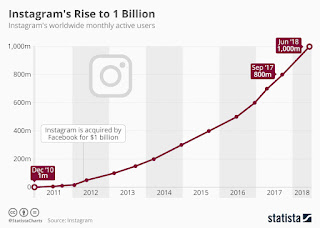After reading about the Privacy Divide, I have been reflecting on much I protect myself on social media, and how I could do so even further. Another consideration was how much privacy do I want to give myself? When growing your presence on social media, it is difficult to simultaneously have privacy features activated. I have concluded that, for me, it not about being “private” on my social media accounts, but filtering what I post to limit the amount of personal information that other users can gather. I’ll also let you in on a little trick. So, with my Instagram profile being public and easy to find, I’ve had my fair share of creepers. In hopes of limiting the access that strangers can have to my locations, I post photos and stories only once I have left the public location I was in. Though, you may think this is extreme, we’re better safe than sorry. On Facebook, less of a platform for personal branding, I feel that I provide more personal content to an exclusive group of close friends and family. Therefore, I was more inclined to make my profile private. This means that I can control who can see what I post. While I did trust Facebook more than Instagram in terms of transparency and lack of said creepers, that changed when I realized my information was being sold and learned that users are the product.
I have about 3,000 followers on my Instagram page, 1,000 views per story, and 600 likes per post. My page bio reads reveals that I am from Massachusetts and attend High Point University, which I do not believe puts me at risk. I typically post candid photos from memorable times and have a primary focus on fashion and beauty. My profile also links the email to my modeling agency for inquiries. I chose to link the agency email rather than my own, due to the agency’s capability to weed out threats or fake inquiries. Other than my Instagram message inbox that filters anything from accounts I do not follow, my profile presents no way to contact me.
Based on my own experience with social media, I believe that it has the ability, even the promise, of making people feel depressed. Oftentimes, celebrities or modern influencers have followings of users who admire and idolize them. However, with such attention comes scrutiny, and thus the need to project perfection.
Popular users alter their photos to avoid being criticized, and the result is the average user drawing a comparison to his or herself. Yes, that means comparing yourself to something that is not really there. I have struggled with this personally, and am now connecting the dots. I was first treated for an eating disorder at the age of 14, soon after I joined Instagram. Since that first treatment, Instagram has become much more flooded with photos that depict false perfection. But as time went on, things changed from it just being influencers, to all users altering their photos and almost competingfor attention. As a result, my own body image issues have worsened, and I was treated again this past year. I also want to recognize that I am not alone in the battle of comparing myself to what I see online.



